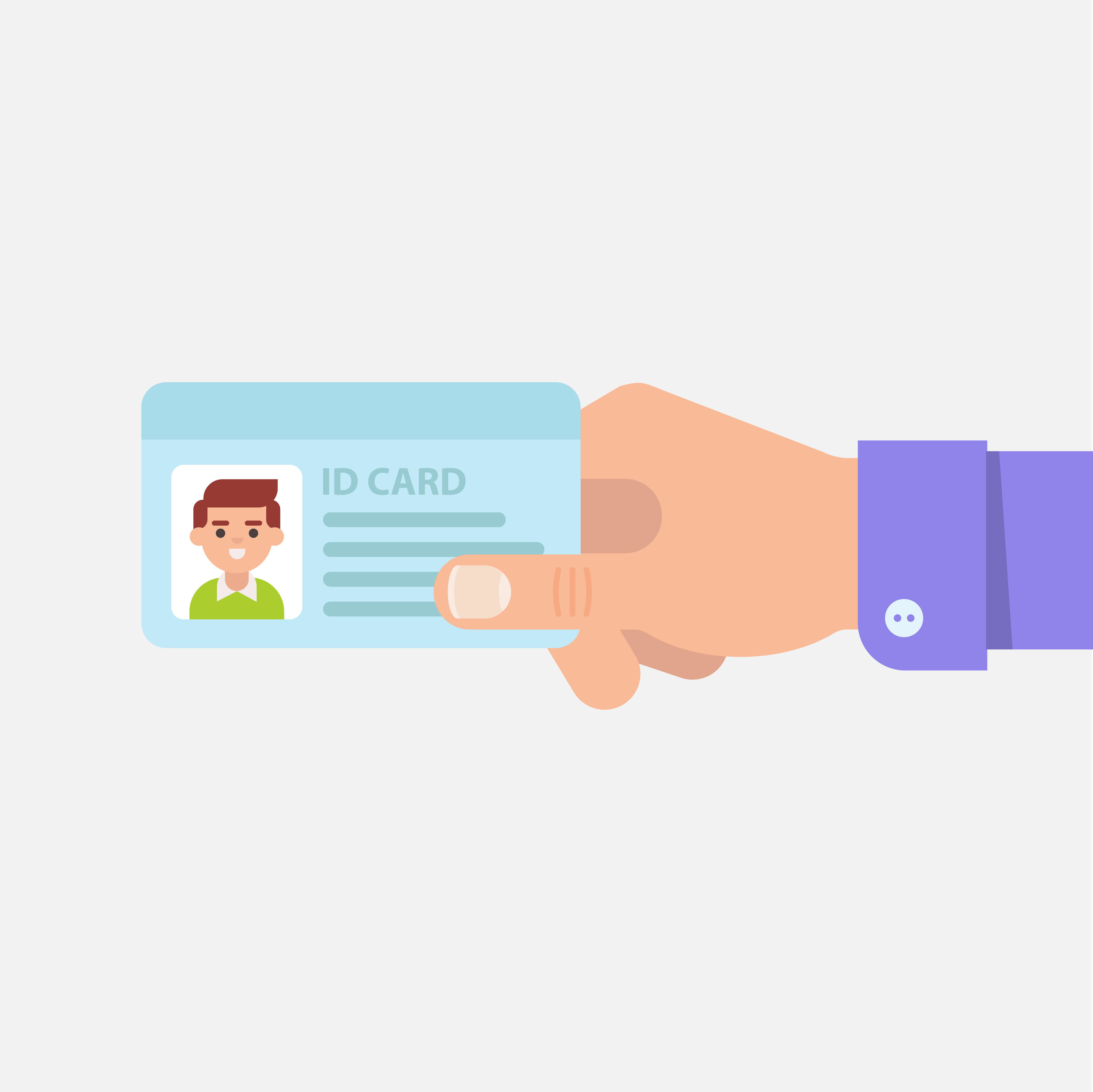If you’ve flown anywhere recently, you may have noticed the newest TSA customer awareness campaign. Signs have been popping up in airport terminals countrywide informing travelers of upcoming changes in 2020 to the ID requirements when flying. But what are these new requirements and how will they affect your travels? We’ve got you covered with our in-depth guide to the new REAL ID.
What is REAL ID and why is it required?
The REAL ID Act was introduced after the September 11th attacks and was passed back in 2015; it will finally be fully enforced across all 50 states in October 2020. It was created to establish minimum security standards for state-issued driver’s licenses in an attempt to decrease terrorism. In order for any resident to enter federal facilities (including airports,) she will need a compliant REAL-ID or a valid passport that passes the minimum safety levels. These standards vary state by state, but they all follow the requirement that issuers must be screened more thoroughly, necessitating additional paperwork such as proof of residence and social security numbers. These new REAL ID-compliant cards are then issued with an extra level of technology, proving difficult for forgers to replicate. The REAL-ID licenses are mostly marked with a gold or black star on the front to differentiate from non-compliant ID cards, although there are a few rogue states (Tennessee, Hawaii, Ohio, and Utah) that are currently issuing them without the star. Check for “Not for Federal Identification” or “Federal Limits Apply” inscriptions on the top right corner of your license to determine non-compliance.
Where and when is this taking place?
Beginning October 1, 2020, every passenger over the age of 18 will need a REAL-ID compliant driver’s license in order to access any federal facilities that require identification, which includes boarding a plane. It won’t matter if you’re flying internationally or domestically. All adult citizens of the United States will be required to show either their REAL-ID or another acceptable form of ID (such as a passport or permanent resident card) to fly.
Who will need a REAL-ID?
By the time this move is implemented in 2020, all states will be required to comply with the new standard. Some states have been issuing compliant licenses for years, while others are only just now joining in, so check that you have a REAL-ID compliant license before flying without a passport.
If you want to fly with only your state-issued ID, you will need to renew it before your trip. Please note that this new ID is not a replacement for a valid passport when flying internationally; you will still need a passport in order to do so. Alternatively, you will not be required to possess a REAL-ID if you’re traveling with a current and valid passport.


